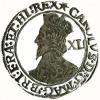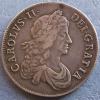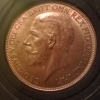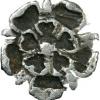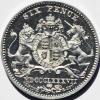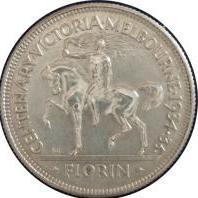|
|
The current range of books. Click the image above to see them on Amazon (printed and Kindle format). More info on coinpublications.com |
|
|
Leaderboard
Popular Content
Showing content with the highest reputation on 09/18/2015 in all areas
 Coinpublications.com
Coinpublications.com
